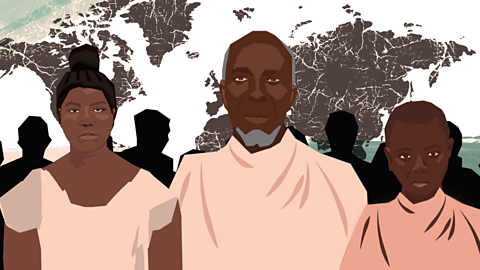Belfast abolitionists
Many clear-thinking and humane citizens of Belfast campaigned against the slave trade, putting pressure on businesses and people that were part of it.
Although no slave ship was ever launched from Belfast, the story of the cityâs involvement - like the rest of the island - was more complicated. Many people started to get very wealthy on the exploitation of human beings and labour.
Belfast does, however, a proud legacy of people who fought for the abolition of slavery. Many people from all walks of life campaigned against slave-dealers, especially when it wasnât very popular to do so. The abolitionist movement teaches us the power of speaking out and taking action against an unjust, brutal institution, not because it is popular but because it is the right thing to do.
Anti-slavery movement
In the 18th century the anti-slavery movement in Ireland was gaining momentum. Since Ireland had its own parliament in Dublin and no companies directly involved in the slave trade, it was hard for campaigners to lobby the government. Instead, the movement turned to direct action.
Prominent radicals in Belfast, such as Thomas Russell who was the first paid librarian of the Linenhall Library, called on the public to stop buying goods produced by slave labour. They urged the public to stop buying sugar as a way to bring an end to slavery, as they reasoned that slave owners would then be unable to sell their crops, leaving them with no option but to free their slaves.
However Belfast was also a political city and many of its radical thinkers actively opposed slavery. The Belfast Society of United Irishmen invited "Olaudah Equianoto" to speak in Belfast. Equiano was a freed slave who had written a book about his experiences of being kidnapped from his home and sold into slavery. He was touring Europe to publicise the evils of slavery and campaign for its abolition.
Mary Ann McCracken
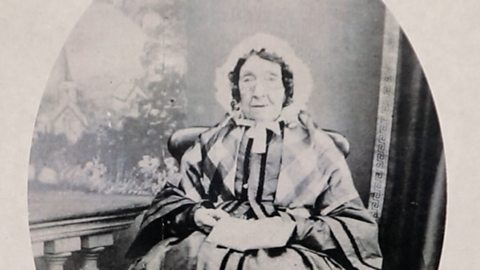
One of Belfastâs most famous abolitionists and social reformers, Mary Ann McCracken, also adopted direct action techniques to bring about the end of slavery.
For her entire life, McCracken campaigned against social injustices occurring both in Belfast and the rest of the world. She was a vocal, consistent and strong voice on abolition. Knowing that slavery had not been abolished in the United States, McCracken, well into her 80s, targeted people at the docks headed for the southern ports of the USA, handing them anti-slavery leaflets.
These actions, no matter how small, sustained a movement, found solidarity with those enslaved, and revealed the injustice to so many. A lesson that change does not happen overnight.
Frederick Douglass
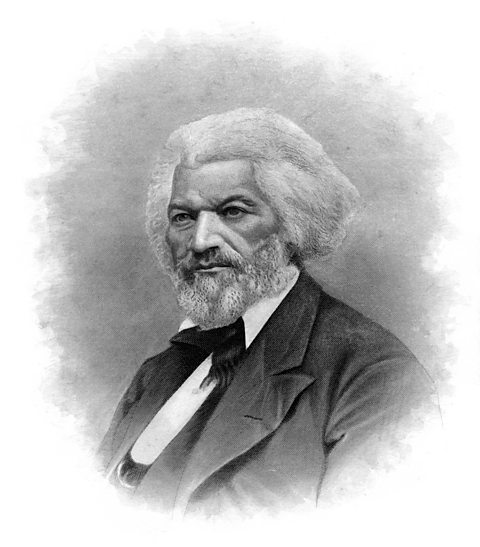
Belfast does not only celebrate Belfast-born and based abolitionists, but also abolitionists from outside the island. A statue of anti-slavery activist, Frederick Douglass will be built in Belfast city centre in the not-so-distant future. Frederick Douglass was an abolitionist, civil rights activist and writer.
- He was born into slavery on a plantation in Maryland USA.
- His mother was a slave and Douglass never knew his father.
- He escaped slavery in 1838.
- He changed his surname, got married and joined the struggle against slavery.
- He became well known for his powerful speeches and intimate knowledge of slavery as an institution.
- He was one of the most well-known campaigners of his time and travelled the world speaking about his experience.
Inspired by the Irish revolutionaries and their campaign against slavery, Douglass toured Ireland between October and December 1846, lecturing in Belfast, Waterford, Cork, Limerick and Wexford.
The statue in Belfast will be located in Rosemary Street where Douglass once addressed crowds and is something that Belfast can be deeply proud of. It reminds us of a history when Catholic, Protestant and protestors were united in a common cause against slavery.
After the abolition of slavery, Douglass did not stop fighting for othersâ struggle. He campaigned for equal rights for African Americans when many wanted the freed slavers to leave America and establish themselves elsewhere. The statue will be a reminder of how much work needs to be done to combat racism in our society, as well as a reminder that anti-racism movements such as Black Lives Matter in Belfast and across Ireland are one with the movements of the rest of the world.

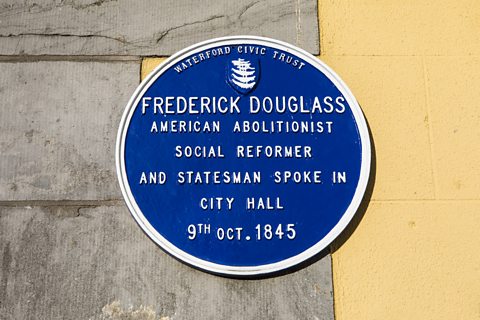
The legacy of the slave trade
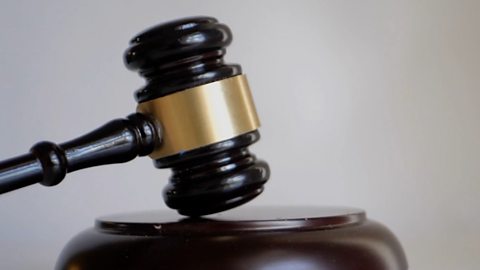
After 300 years of the Atlantic Slave Trade, the British finally abolished slavery in most of its colonies in 1834. It was the slaveowners however, not the enslaved people who received compensation! They received over ÂŁ20 million in compensation for the loss of their âpropertyâ, which should never have been the case in the first place!
To put into perspective how much money that was at the time - it cost around 40 per cent of the governmentâs annual expenditure. All this money went into the pockets of high-ranking officials in British society - members of Parliament, peers and archbishops. Think about what the government could have done with that money instead - compensate former slaves, perhaps?

Slave owner compensation
Nearly 100 different individuals, either born or based in Ireland, benefited directly from this slave compensation from the British government. Charles McGarel of Larne was a merchant and slave-owner who:
- Along with his business partners fought against the British governmentâs decision to abolish slavery.
- Appealed the decision and prevented the government from enforcing compulsory emancipation of slaves.
- Was one of the biggest beneficiaries of slave compensation, receiving around ÂŁ100 million in todayâs money for some 2,489 slaves.

Northern Irelandâs slavery legacy
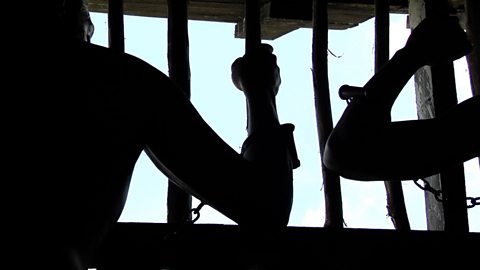
Like many compensated former slave owners, McGarelâs financial package went into funding the industrial revolution. He bought land and an estate at Magheramorne near Larne in 1842. McGarel is remembered as a philanthropist. He funded National Schools and buildings in Larne such as the Town Hall - which is named after him. While there are plaques and statues that commend McGarelâs charity, many fail to mention the source of his wealth beyond being a successful businessman.
Even though we have proud history of abolition in Ireland, we should not forget that our prosperity and wealth is, in part, due to centuries of enslaving and trading people. From public buildings to commemorative statues, slavery has left many legacies that need to be discussed, understood and corrected in our shared history, and our present reality in Northern Ireland.

Test yourself
More on Slavery
Find out more by working through a topic
- count2 of 7

- count3 of 7
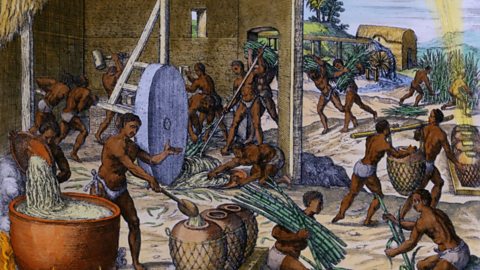
- count4 of 7

- count5 of 7
